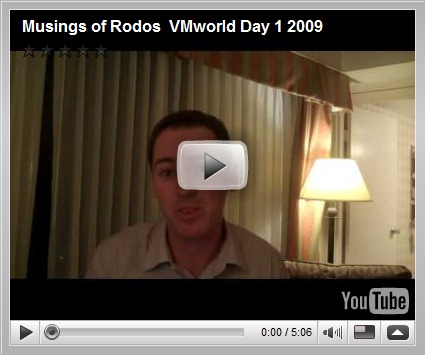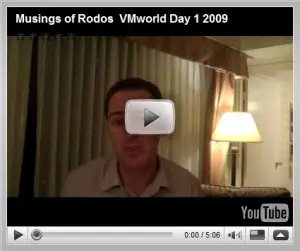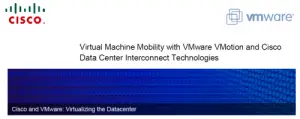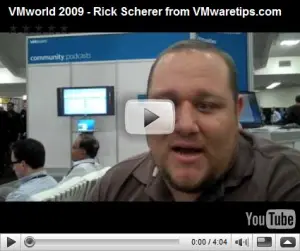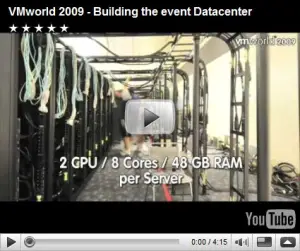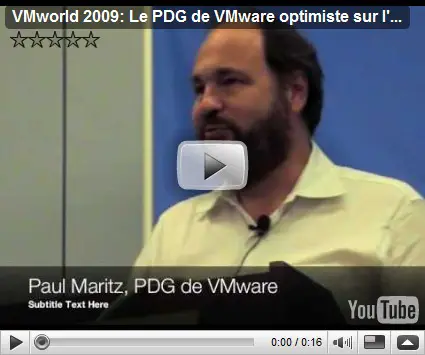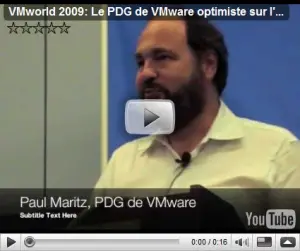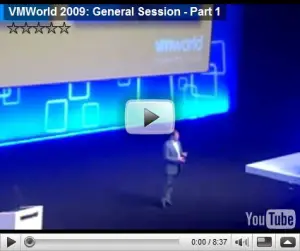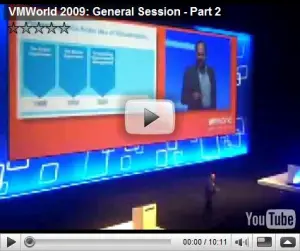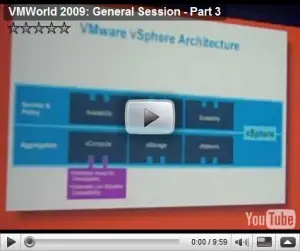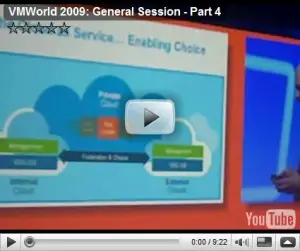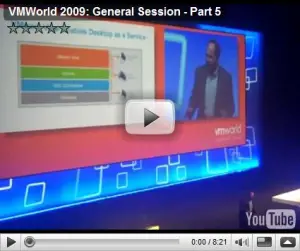Like many shops, we have finally attained buy-in from all our stakeholders for virtualization. As a result, we’ve pushed more and more into our infrastructure. And while VMware is the most datacenter ready solution for virtualization, it is not without its shortcomings — monitoring and visibility into the infrastructure being one of the biggest.
While we were first deploying VI3 and performing our consolidation, the primary focus was on the non-critical systems and moving them into the virtual infrastructure to get the best utilization of hardware. Since completion of this phase, the next focus became moving some of our mission critical systems to VMware in order to establish disaster recovery for our non-clustered systems. Disaster recovery through VMware is accomplished by 1) relocating the boot and data onto SAN storage which is replicated to our secondary data center and 2) by the ability to utilized VMware HA in the event of hardware failure to establish resiliency we do not have on a single-server, hardware deployment.
As we have expanded VMware’s role in our data center, new challenges have emerged. First, when a network issue is occurring, we don’t have our traditional monitoring tools (like PRTG) in a position where they are able to alert for large changes in traffic. In our physical environment, HP agents are run and PRTG is able to query against these systems with SNMP to retrieve information about traffic. In the virtual environment, we don’t run these agents (because they are largely non-applicable since these are virtual boxes). Our preferred way to monitor is through something that can look directly into the virtualization layer and retrieve information.
